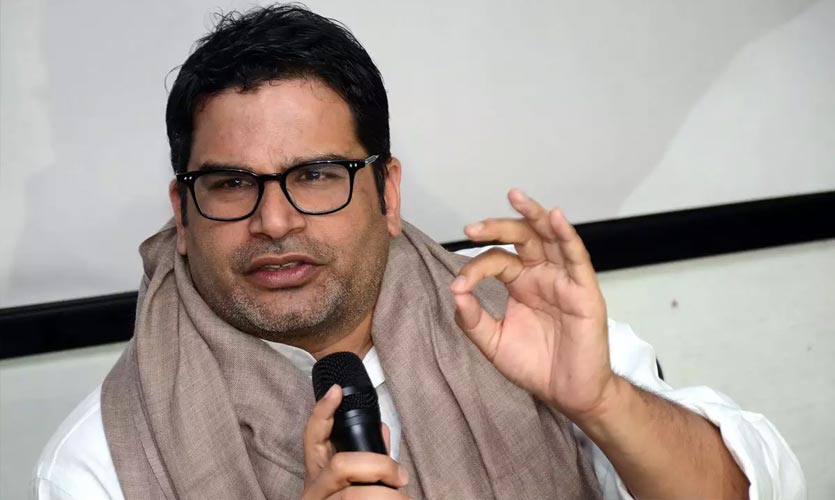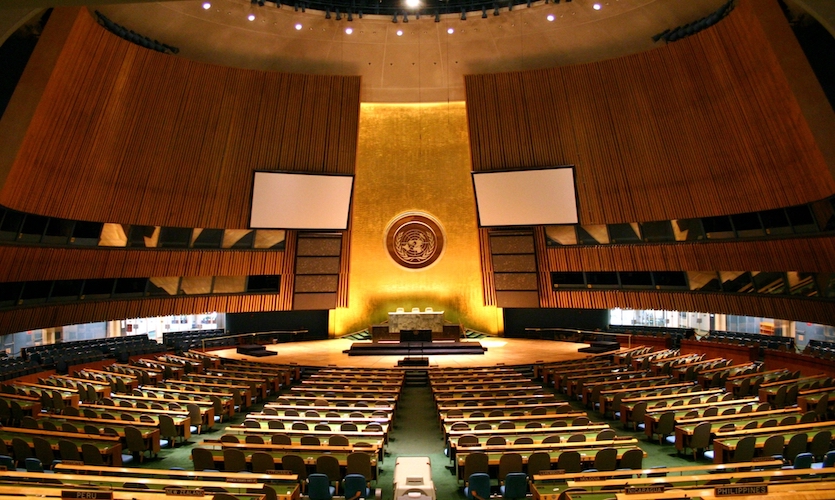According to reports, political strategist Prashant Kishor had proposed to the Congress leadership last year that a “non-Gandhi” as party president would have a “high” impact, but the “viability” of such a proposal is “difficult”. As per an 85-page presentation circulating on social media, on Thursday, during the second round of talks between Kishor and the Congress leadership on a revival roadmap for the party, the former had provided a set of recommendations on how to revive the party. Kishor revealed to the Indian Express that the presentation was “an old/fake one (and) has nothing to do with the ongoing discussion”.
Congress did not officially comment on it, however, on condition of anonymity, a party leader said, “We have not seen any such presentation.” Another leader said, “It is either old or fake, they cannot be both.”
The presentation uses the Hindu god Shiva’s Nataraja form with its symbols of creation, protection, liberation, destruction, concealment, and connection, to indicate that the party should align itself with these six foundational resolutions.
Furthermore, the deck suggested five strategic decisions including fixing the leadership problem, solving the alliance conundrum, reclaiming its founding tenets, creating an army of grassroots activists, leaders, and foot soldiers, and creating an ecosystem of media and digital support.
According to a senior Congress leader, the presentation circulated across platforms is a revision of the one Kishor presented last year, with many additions and deletions, with party sources claiming that the original does not mention anything about “a non-Gandhi president”. Several leaders said that Kishor had pitched the idea that Rahul Gandhi be the party’s leader in the Lok Sabha, with a non-Gandhi appointed as the party president, in private conversations.
In the old presentation, it was noted that Congress has been in “perpetual decline” since 1985, losing votes in every Lok Sabha election since. According to the presentation, there are four main reasons for the decline of the party: a natural disadvantage of being a legacy incumbent; four periods of organised mass dissent (the JP movement, the Bofors scandal, Mandal agitation, and Ram Temple movements, as well as the anti-corruption movement and rise of Modi); structural weaknesses; and the lack of connection with the masses.
Other reasons cited are the Congress’ jaded and ageing leadership, and the failure to organise a formal pan-India membership drive. Among the 118 members of the central leadership, only 23 are elected, while only two of the 66 CWC members are under 45 years of age.
About 72 percent of AICC delegates, district and block presidents belong to the second or third generation of Congress leaders. According to the party, no countrywide demonstration or agitation has lasted more than 24 hours, since 2014. Rajiv Gandhi’s Bharat Yatra in 1990 was the most recent big public engagement effort.
The “recommended positions” include the continuance of Sonia Gandhi as party president, Rahul Gandhi as head of the Parliamentary Board, Priyanka Gandhi Vadra as general secretary of coordination, a non-Gandhi as working or vice president, and an “erstwhile” Congress politician as UPA chairman. This approach is said to be of a “medium” influence, but “moderate” feasibility. The reactivation of the Parliamentary Board is one of the G-23 leaders’ top priorities. It’s worth noting that various Opposition parties like the Shiv Sena have frequently called for a non-Congress politician to serve as UPA chairman. The presentation offers a non-Gandhi as Congress president, Sonia as UPA chairperson, Rahul as Parliamentary Board leader, and Priyanka as general secretary coordination. It claims that this model will have a “strong” impact, and that Rahul Gandhi, as the leader of the Parliamentary Board, can successfully reflect the voice of the people both within and outside of Parliament.
Read more: Ripun Bora Leaves Congress, Alleges Conspiracy Between Party Workers And BJP
In terms of coalitions, the presentation claims that the Congress going it alone will have poor electoral success but a high future influence. It favours a ‘Congress plus’ model in which the party competes for 70 to 75 percent of Lok Sabha seats and forms strategic regional alliances with the NCP in Maharashtra, the YSRCP in Andhra Pradesh, the TMC in West Bengal, the DMK in Tamil Nadu, and the JMM in Jharkhand.
According to the Hindu, Prashant Kishor has recommended that it contest 358 Lok Sabha seats across 17 States in its own right, 168 seats in five states with regional parties, and 17 seats in the northeast with smaller parties. The Congress president will be aided by an election task force to guide the election process with a focus on targeting 30 crore voters of the 104 crore eligible voters. Kishor has proposed a completely new architecture of election management. The poll strategist also recommends a completely new communications strategy that will allow the party to campaign across the entire spectrum.










